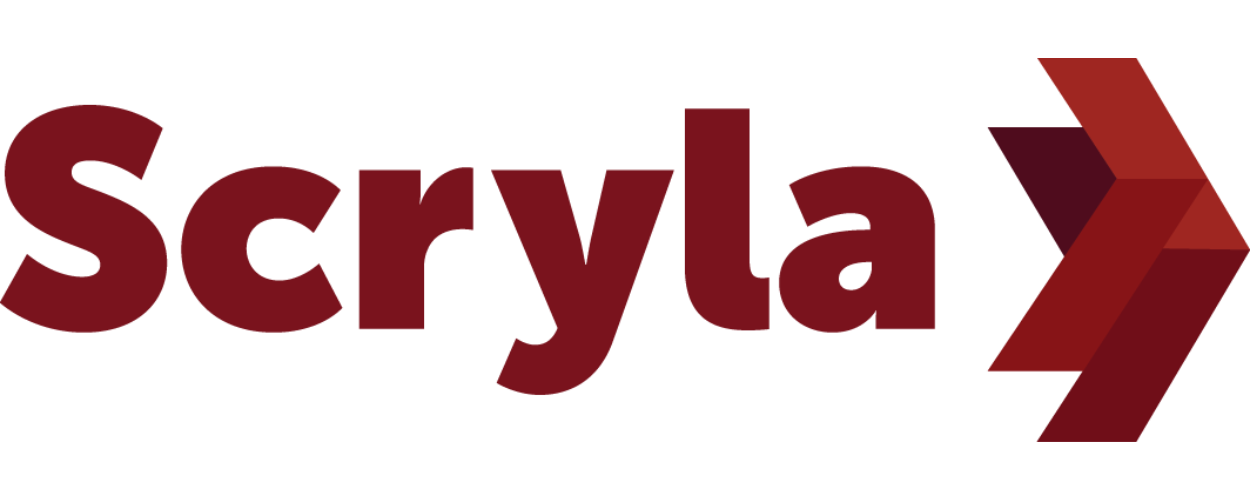The three amigos, or four?
As different from one another as industries might appear there are many similarities in the top 3 underlying drivers of profitability (well ones we can control).
Strategy
Operations
People
These are the three amigos, they don’t work if separated and only work well if all are in agreement. To save the town (business) they must all sing (literally) from the same hymn sheet. Those of you who have seen the film know what I mean – if you haven’t seen it then get it for a lazy Saturday.
Now you might wonder why I haven’t mentioned technology in the top three, since I constantly espouse its importance. Technology is critical but for most businesses it plays the role of support - very much like the horses in the three amigos. Without the horses you wouldn't get very far but imagine if you didn't have a horse but a car?
I am not saying that successful businesses would not be a success without technology – just less successful. Would Amazon be where they are today without technology? Their marketplace already existed (selling books) but the channel (internet) that made them really successful wouldn’t without technology. They saw opportunity, but how it would work out? No one knew. They disrupted the marketplace.
Many see technology as a separate entity, a separate department or even as a utility (a horse). This couldn’t be further from the truth, technology and systems directly can affect your business - client retention, sales and pipeline successes.
There are two basic mind-sets in business regarding technology:
Technology is taken for granted, as the norm, as a utility – what it can do is no longer seen as an exception or success just expected. It is this mind-set that restricts opportunity, restricts what we think we can do with it.
Businesses do not have the knowledge or expertise to take full advantage. They have the ideas and want to disrupt and innovate but have no idea where to start.
We all take technology for granted, we expect things to just happen. They don’t, not with a lot of fore thought and planning, understanding technology and its potential is almost as critical to a business as understanding your sector or industry.
People talk constantly about technology being a disruptor and it is but only if you have the right strategy, backed up with the right operational processes and the right people! In the past this would have been enough, but is it enough for today? Would the three amigos survive today if the bandits had revolvers and machine guns or had cars instead of horses?
If you have teenage children, look at how they socialise and interact, look at how they use their phones and the internet – they are your key demographic or will be.
So, is it the three amigos or four?
If it is four, how do you bring number four into the fold without incurring too much risk? You still need to save the town.
Start with the basics, ensure the fourth amigo is singing from the same hymn sheet:
Ask how technology can facilitate your strategy over the next 12-24 months?
Ask how you can do things better? Perform a SWOT analysis. Look at the areas of improvement and consider how technology could help.
Look at your competitors, are they using a specific system or software? Have you done a GAP analysis? Would it help you to implement the same system? If not, it would still provide a starting point to explore.
Ask your people – innovation tends to come from those at the coal face.
If you have an IT person, involve them in business discussions about ideas early on to improve their understanding of the business and improve yours about what your systems may be able to do.
This should provide a lot of interesting information for you to consider. Can you grow with what you have? Will the systems support what we want to do? Will the systems grow with us or do you need to start looking to replace them before growing?
You may be able to save the town with the three amigos – but number four would make it easier!
